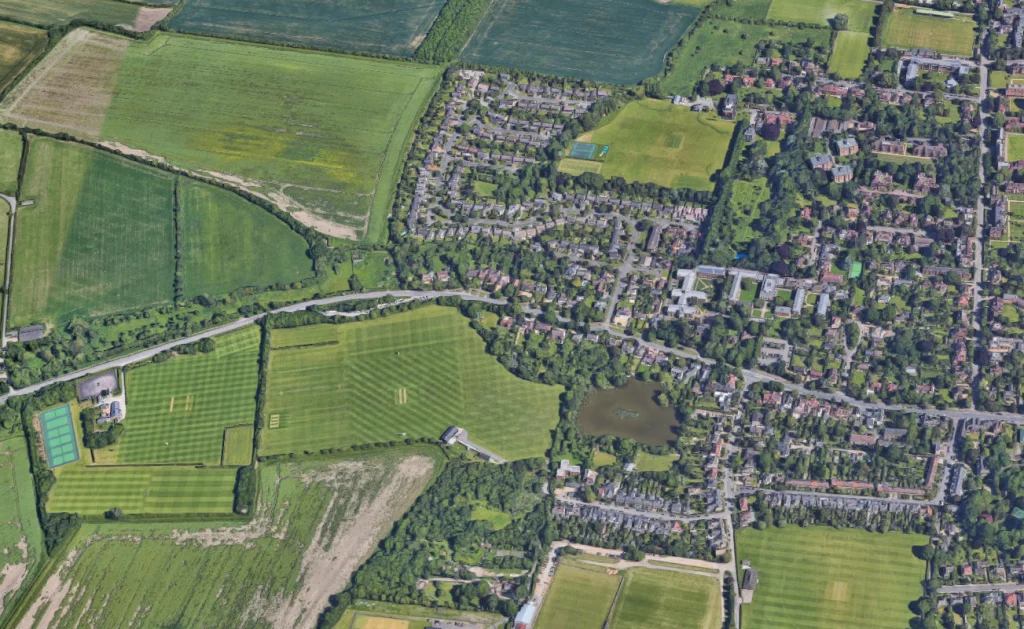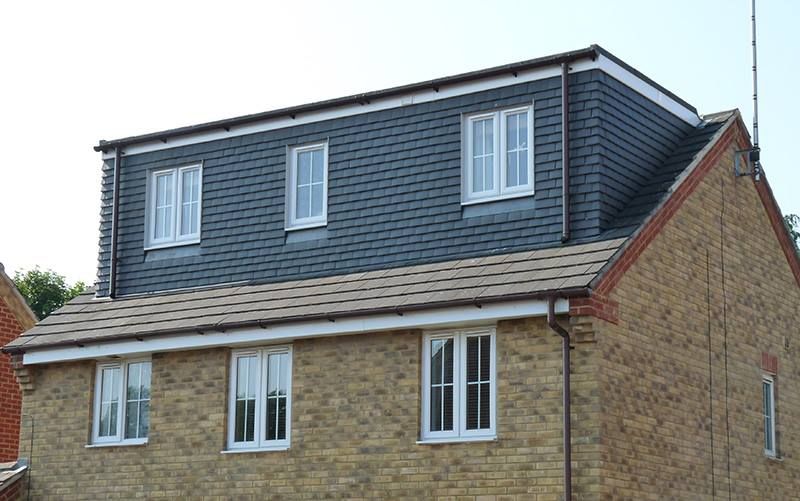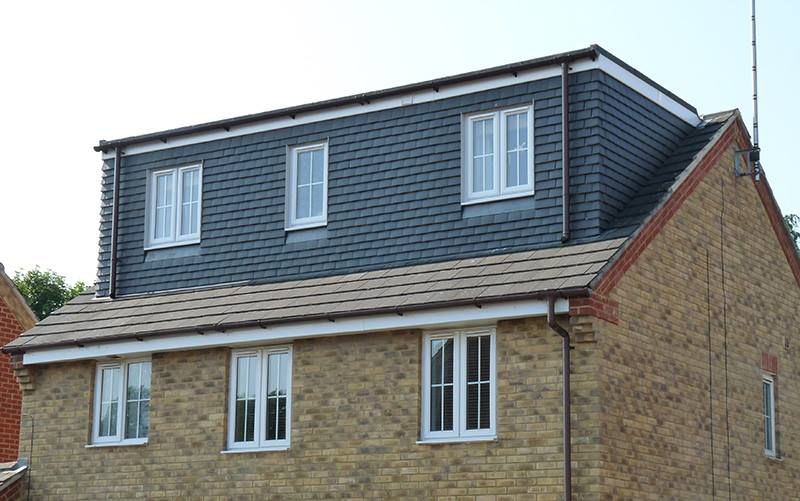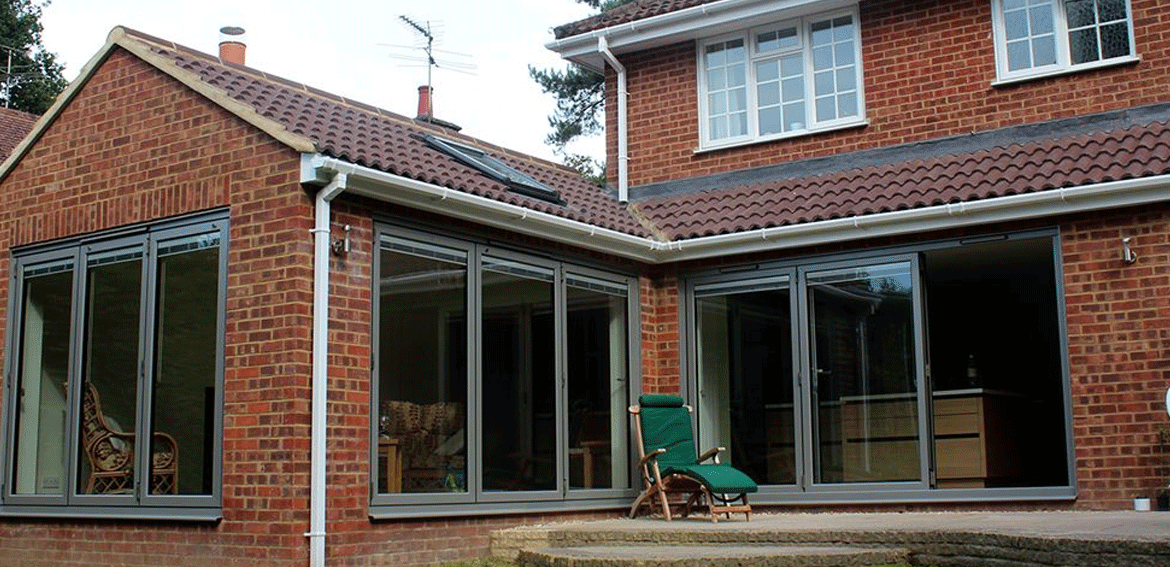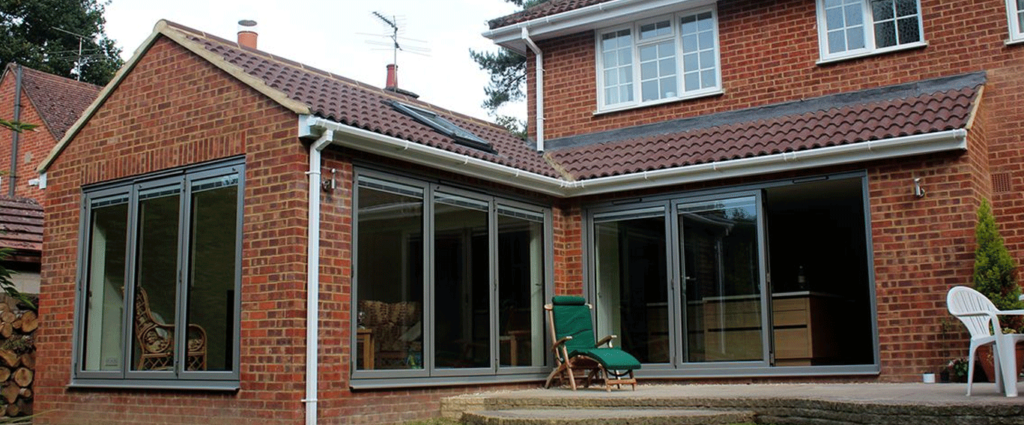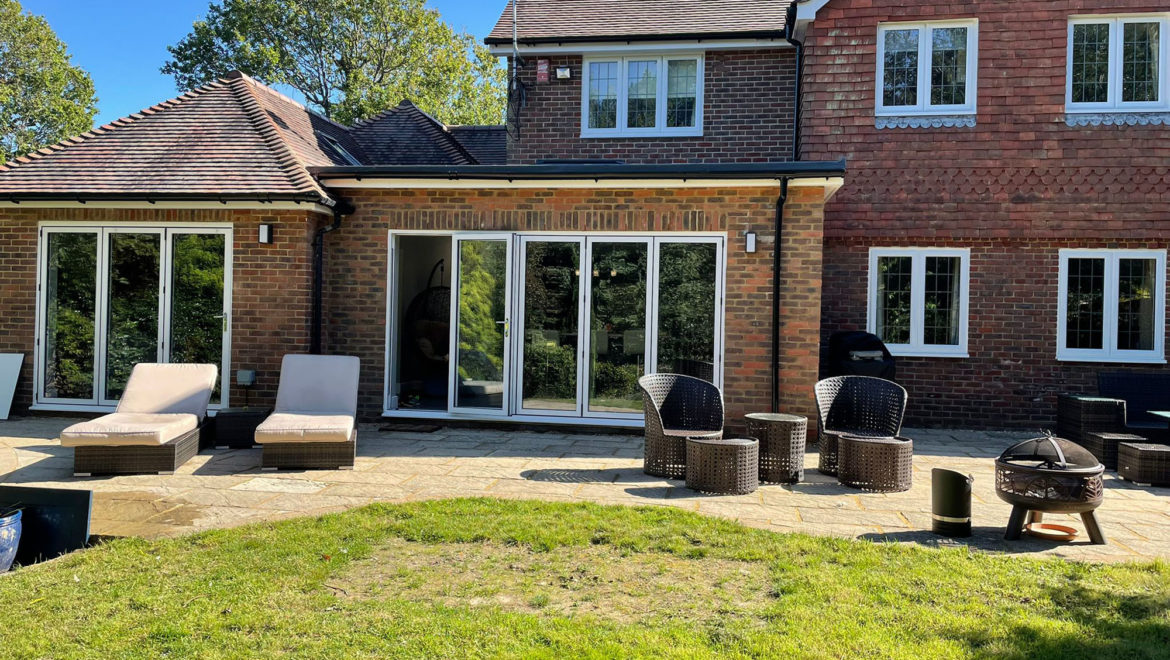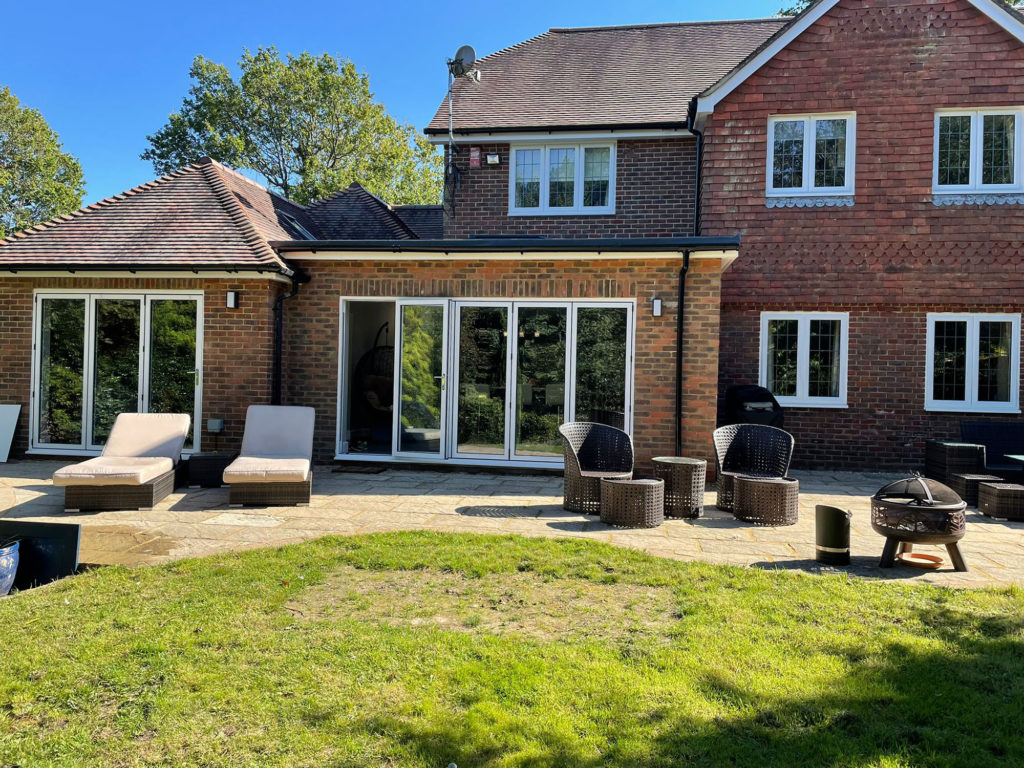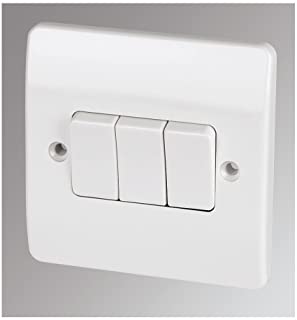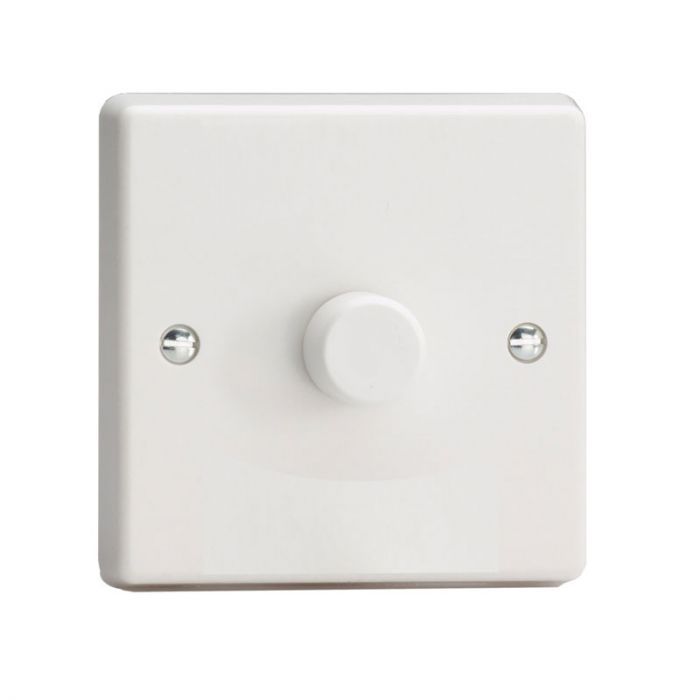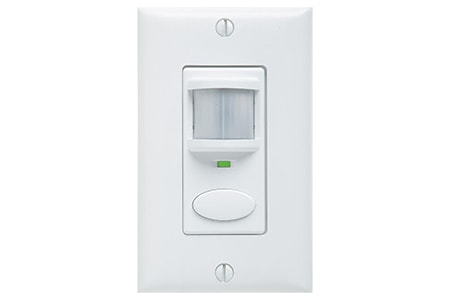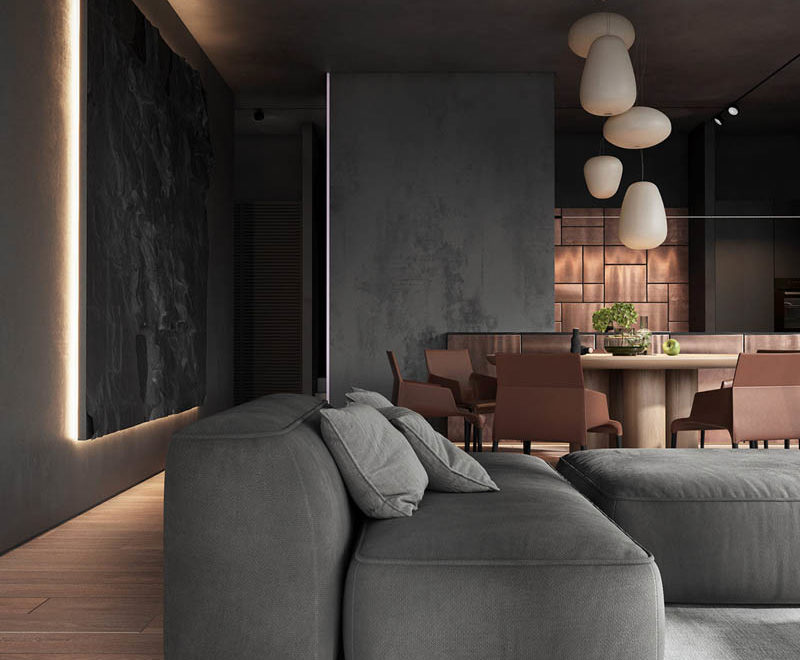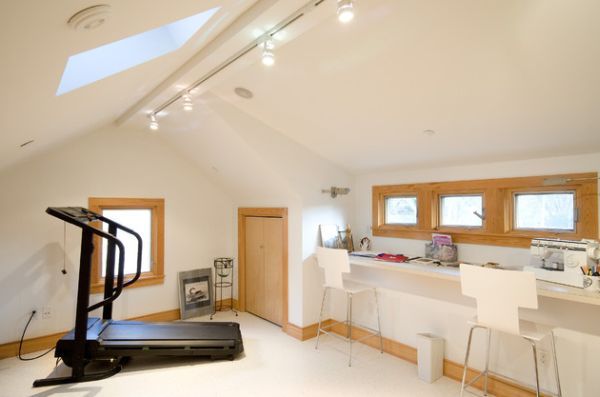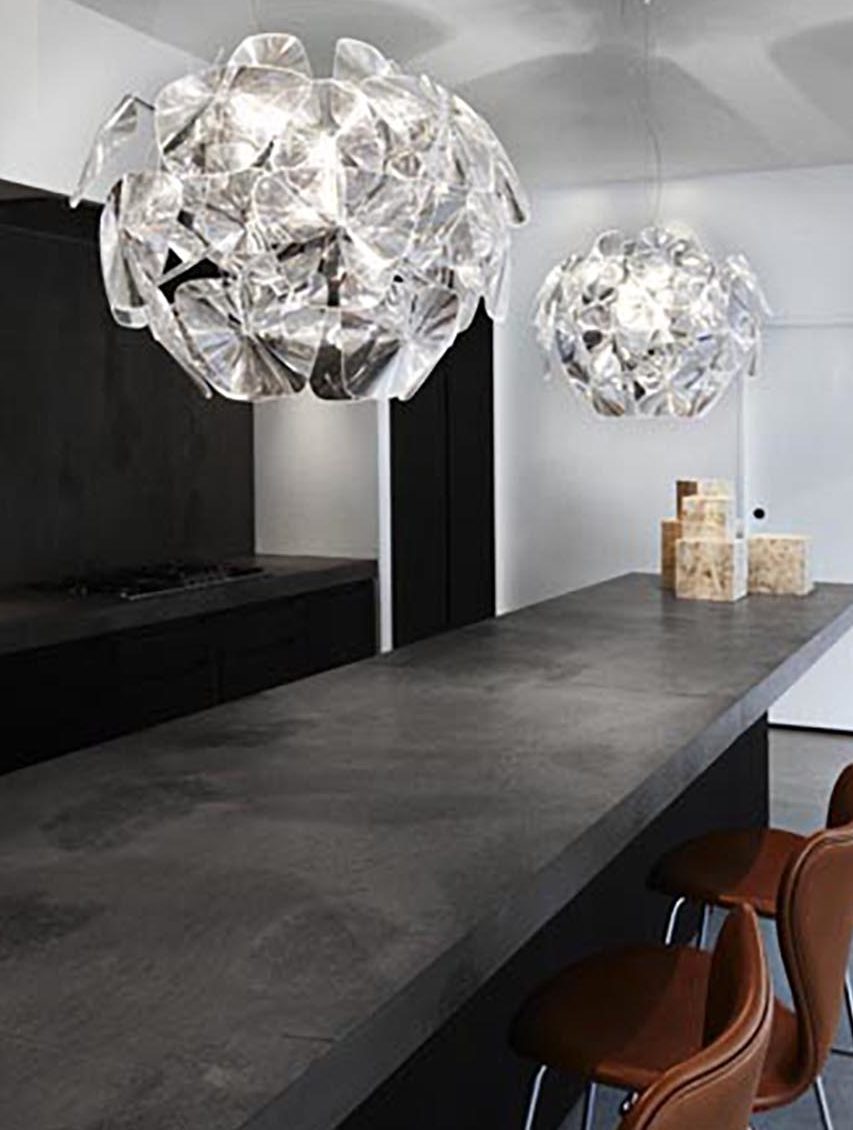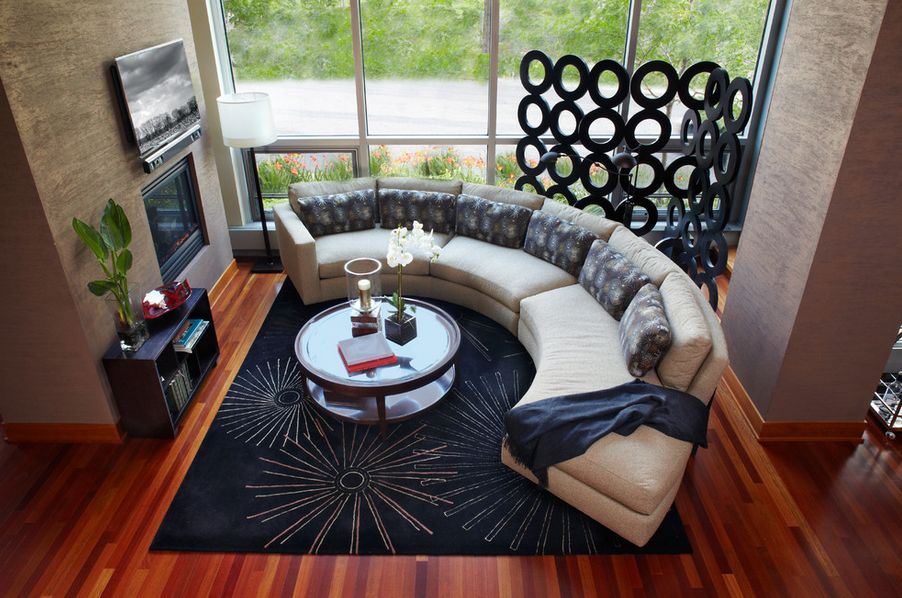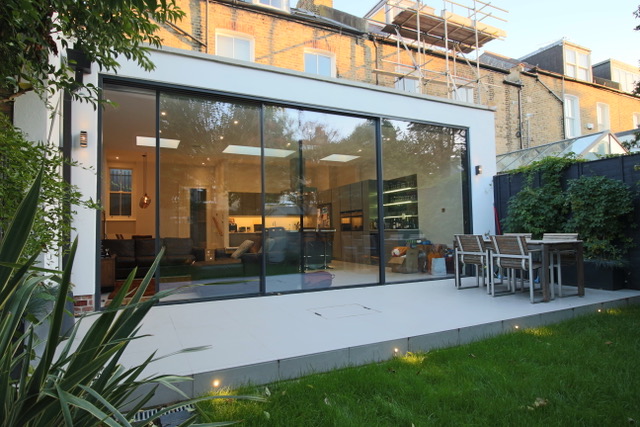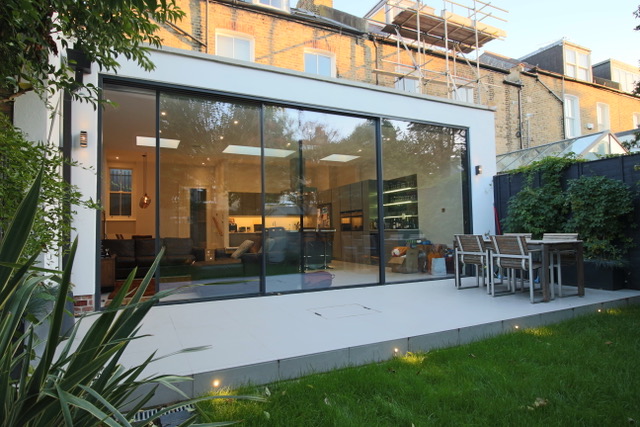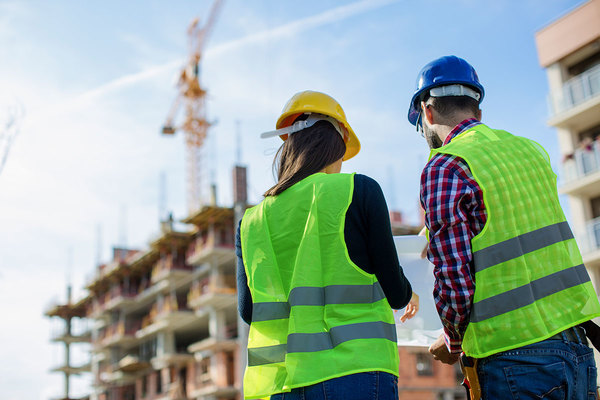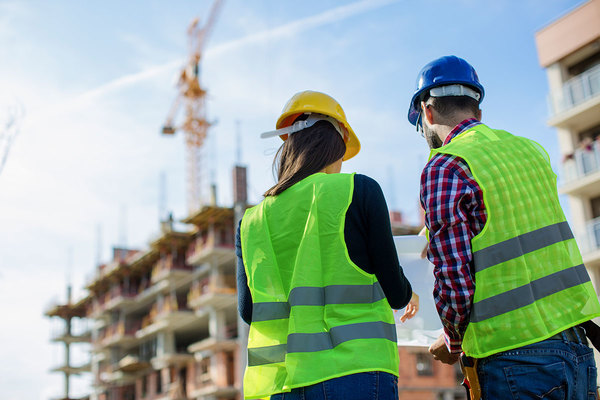How to get planning permission on green belt land Kent?
Over the years there are a large number of misunderstandings about the purpose of green belt land, and whether you can get planning permission for it. While green belts are extremely important and should be preserved to protect the countryside and urban areas. There are circumstances, that extensions and alterations can be permitted.
A strategic land availability assessment must consider the following factors:
- Firstly, flood risk
- National parks
- Heritage coast
- Heritage assessment
- Sites of special scientific interest
- Areas of outstanding natural beauty
- Finally, protected sites (birds and habitat directives)
local planning authorities shouldn’t approve the construction of new buildings unless they propose the following exceptions:
- Firstly, Agricultural buildings
- Limited infilling in some villages
- Facilities for outdoor sport and recreation
- The replacement of an existing building by one that is not materially larger
- The extension or alteration of an existing building.
- Facilities for cemetaries
Why would you want to develop on green belt land?
The main reason people want to develop on this land is because it is cheap. For example:
A 15-acre site in Epping has a guide price of £145,000.
As green belt land that works out to be £0.22 per square foot.
And if it got residential planning approval it could be worth £570 per square foot.
How to get planning permission?
The national planning policy framework states that “inappropriate development is, by definition, harmful to the green belt and should not be approved except in very special circumstances”.
An experienced architect or architectural technologist can usually get you planning permission to make reasonably sized additions to your house or to replace it with something larger.
In addition, securing new development on green belt land will depend on aspects of design quality. There is a presumption in favour of development for buildings or infrastructure that promote high levels of sustainability.
